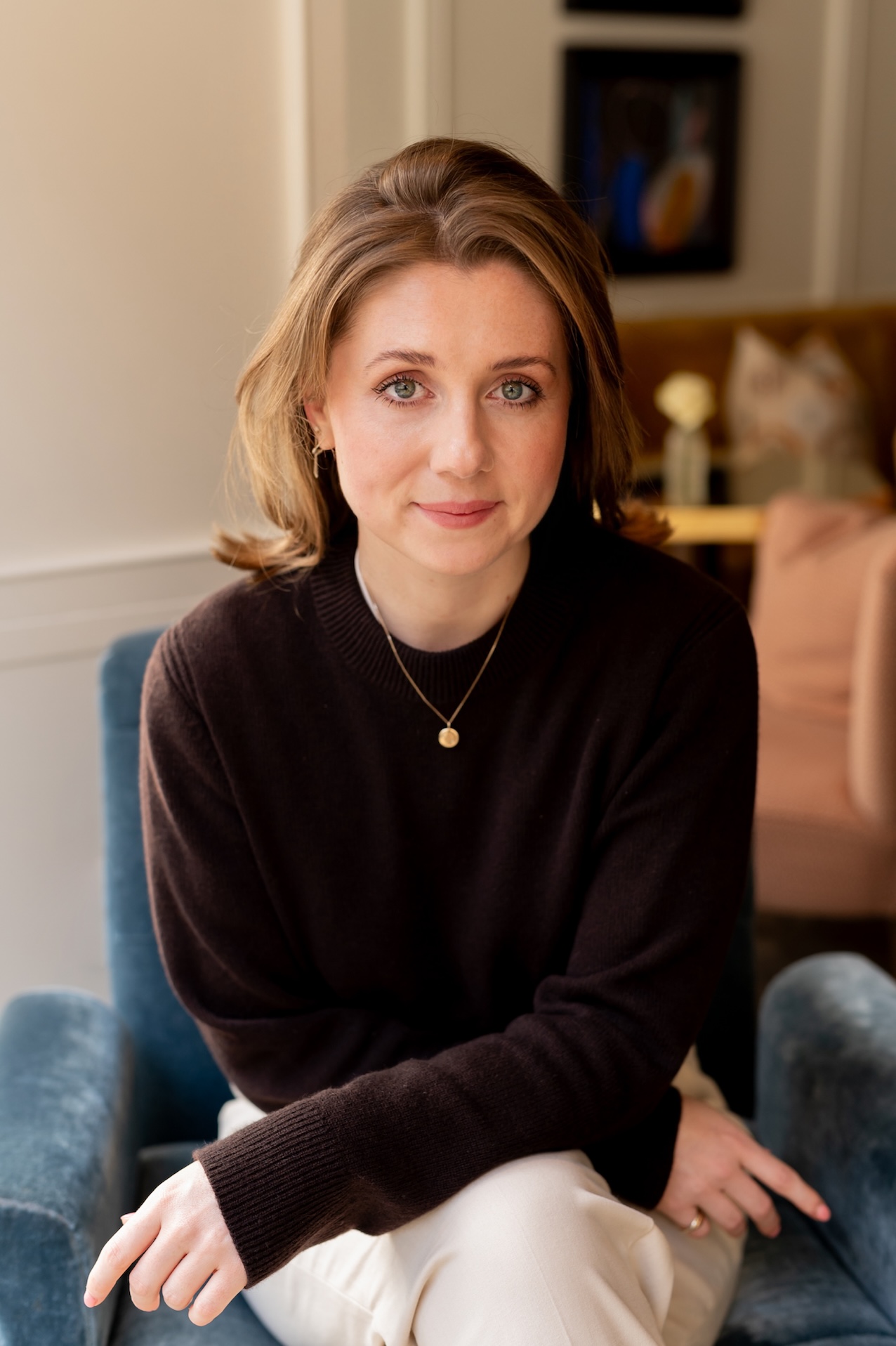The prestigious Saut Hermès was a tantalising taste of what to expect when Paris's Grand Palais reopens to the public in June
The Grand Palais in Paris, France, has been closed to the public for extensive renovation works since 2021.

John Goodall
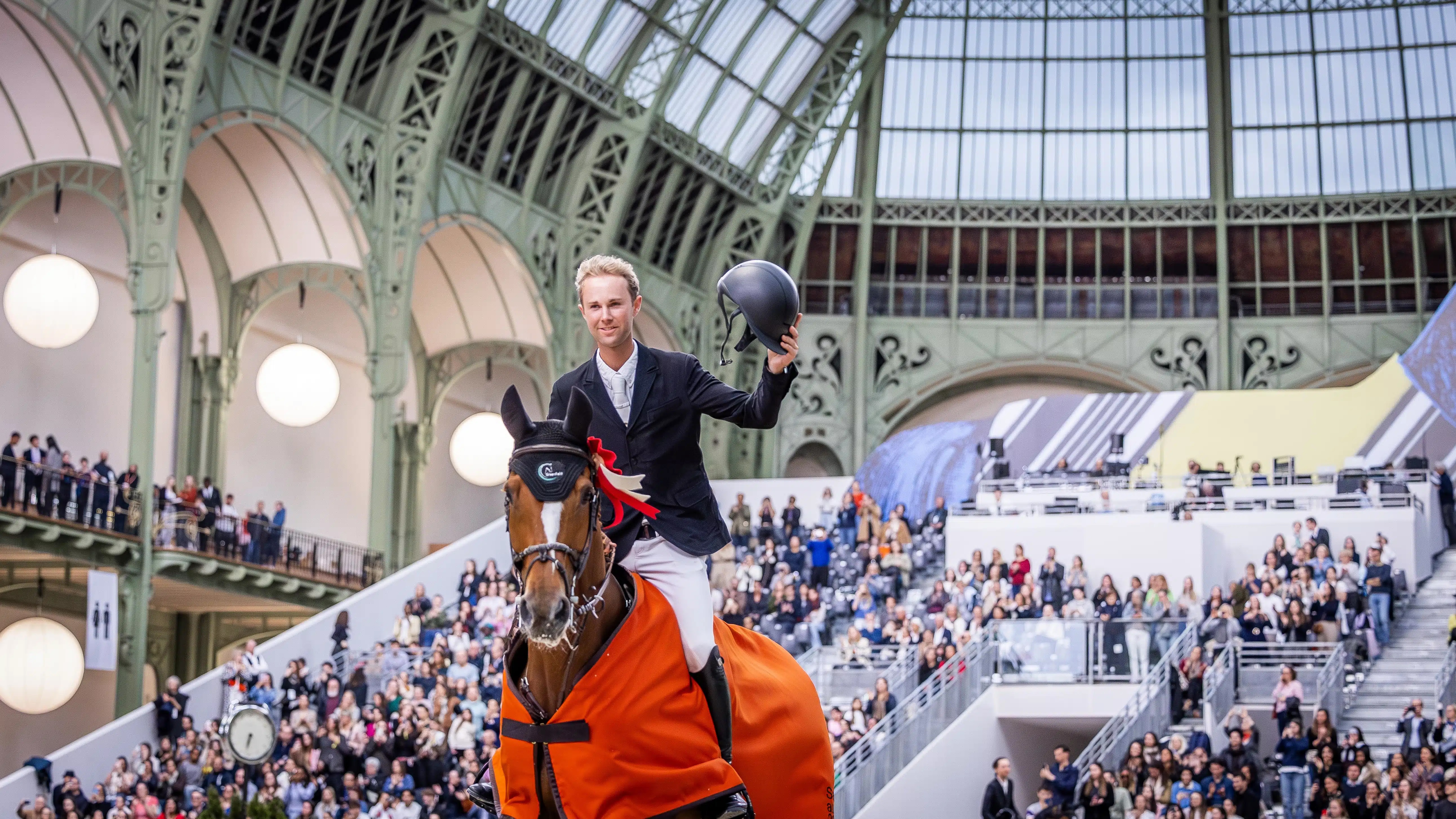
On April 14, 1900, Les Exposition Universelle, better known in England as the Paris Exposition, opened in a myriad of venues across the French capital. It aimed to celebrate everything that France had achieved — in the worlds of engineering, architecture, cinema and much more — as the world progressed into the 20th century. This was, however, far from an inward-looking venture, and 47 countries and colonies were invited to exhibit thematic pavilions. Germany’s looked like a traditional beer hall while that of Britain, which stood on Quai d'Orsay, awkwardly sandwiched between the pavilions of Hungary and Belgium, took the form of a Jacobean country house.
Since the Great Exhibition, the brainchild of Prince Albert that opened in London in 1851, European nations had entered into competition to create ever grander international fairs in ever more ambitious buildings. Indeed, this was the 5th exhibition of its kind in France held since 1855. The specially created buildings for these vast undertakings remain prominent in many major European cities today. Such is the case with the Plaza de España in Seville, Spain, for example, created for the Ibero-American exposition of 1929 to 1930 or the Gint-Sint-Pieters railway station in Belgium constructed for the Ghent International Exposition of 1913. And the exhibitions continue to the present.
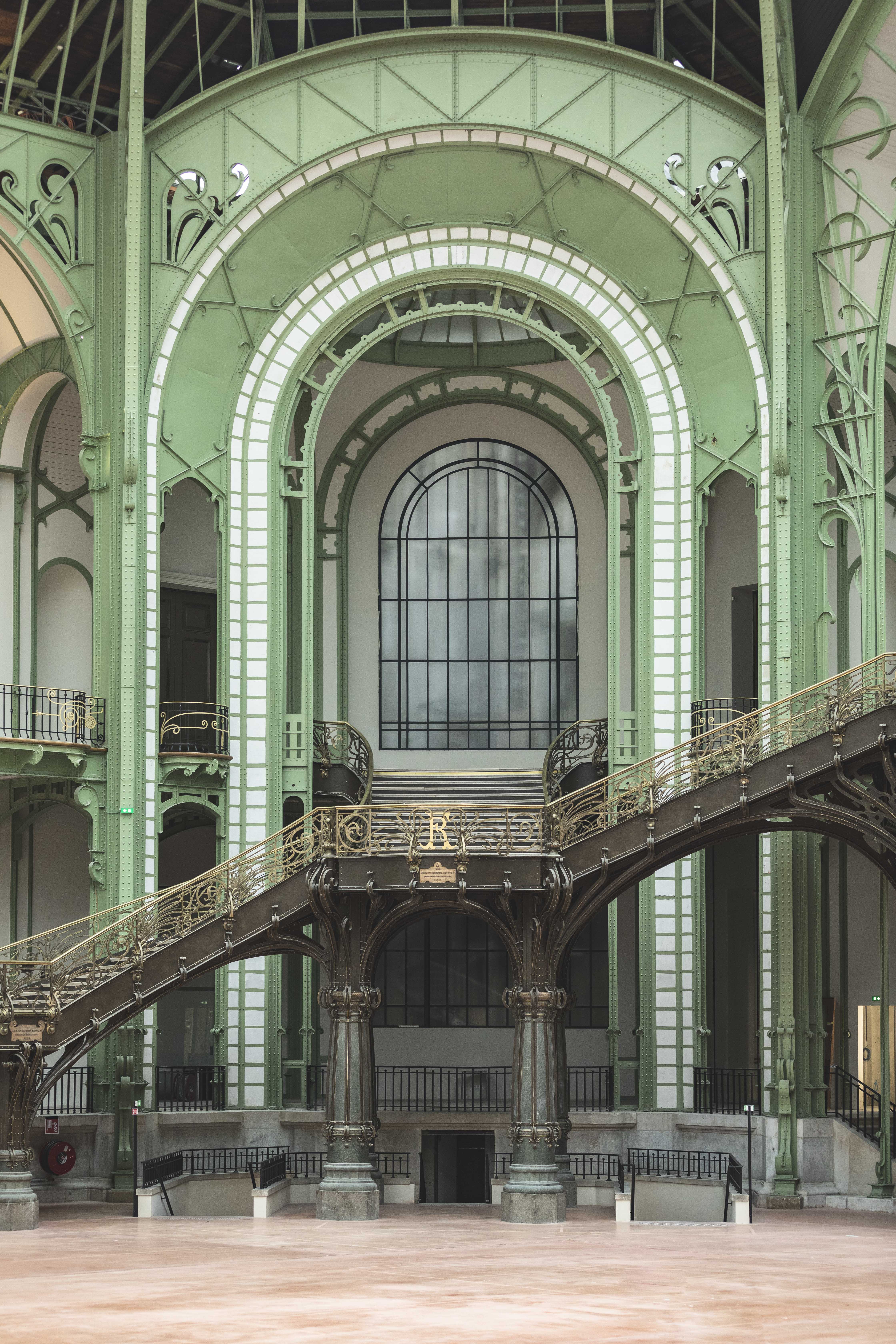
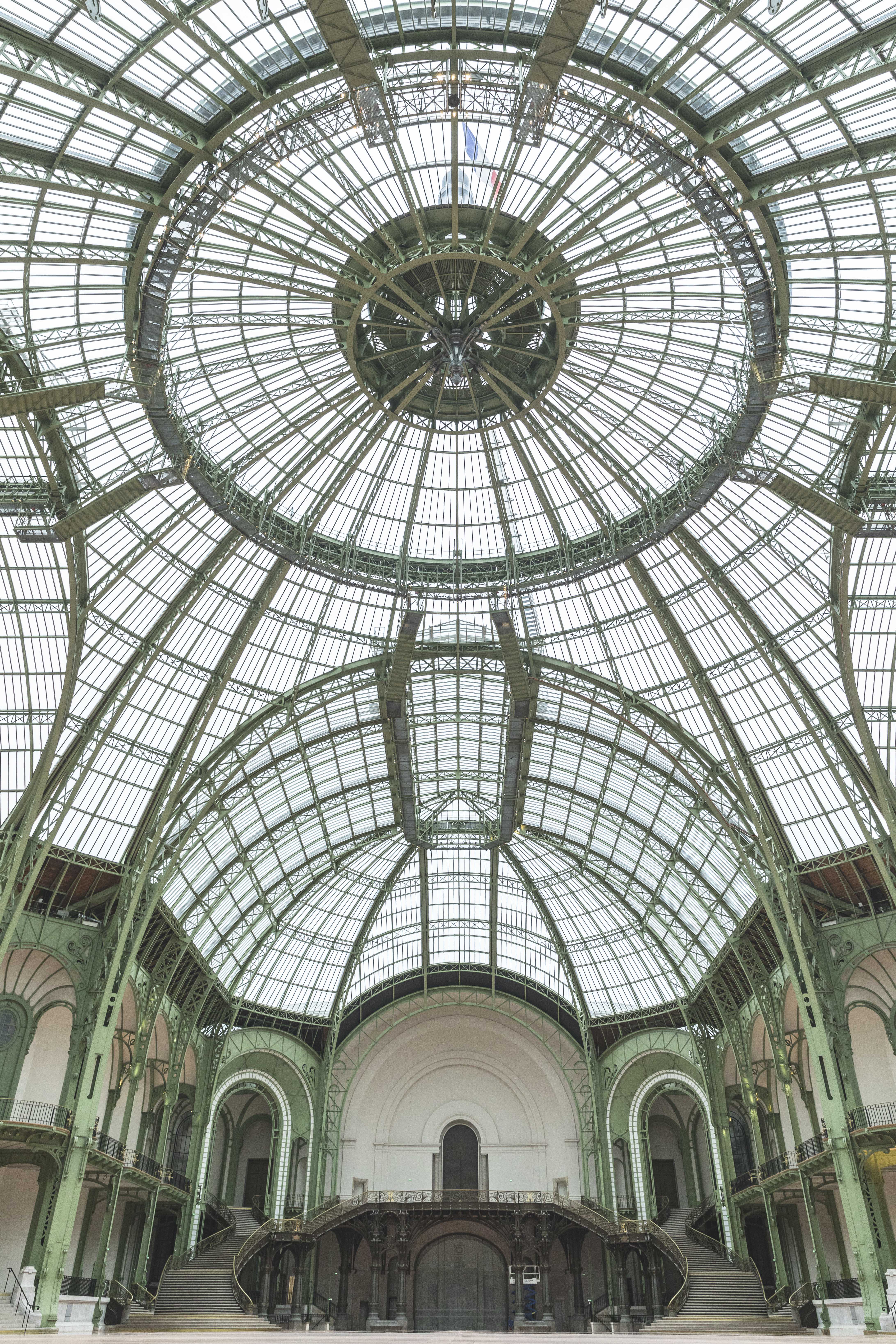
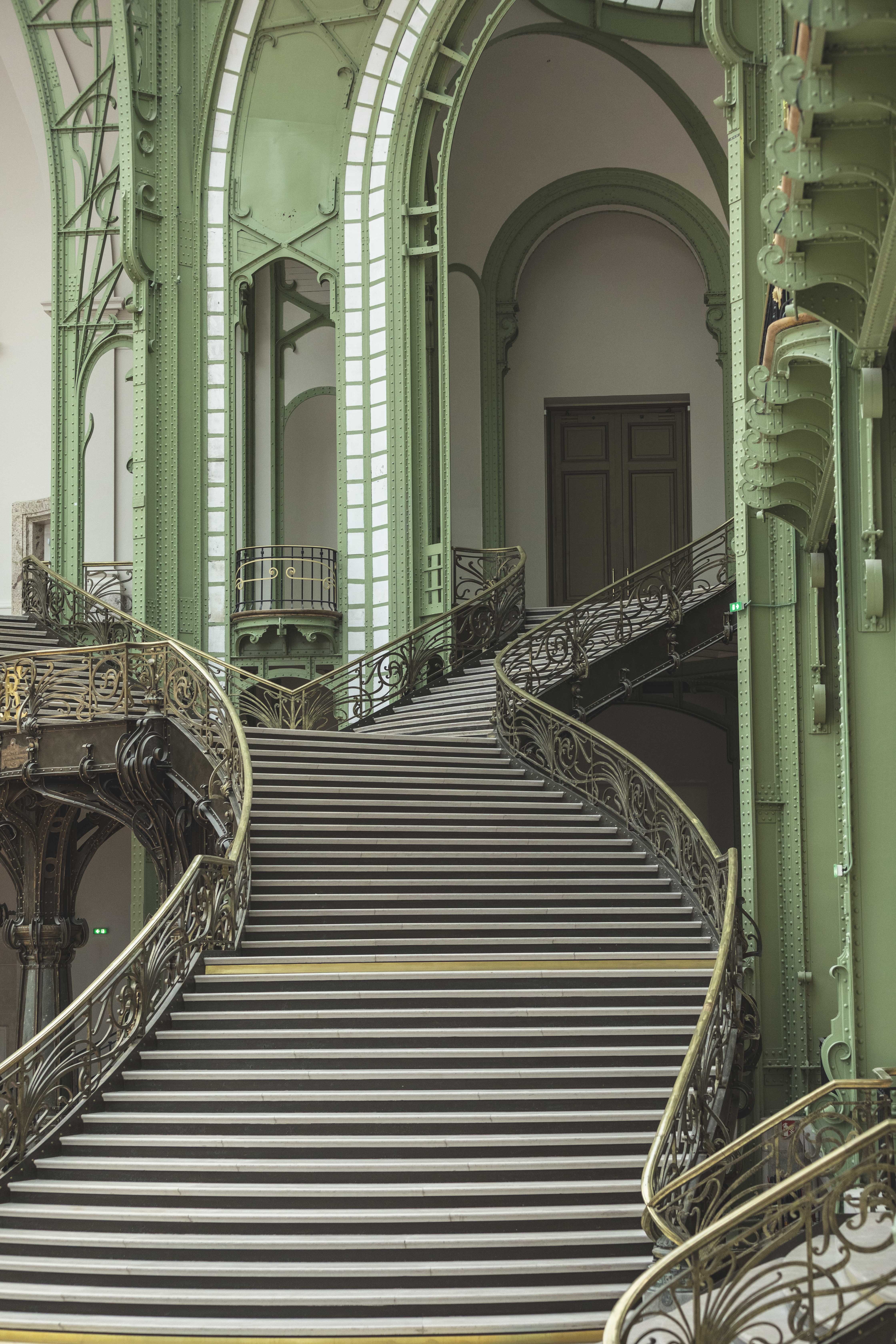
One of the buildings specifically constructed for the 1900 Exposition was the Grand Palais, a Beaux-Arts iron and glass edifice that the Government decreed only French architects could work on. It was designed specifically to be used for large-scale cultural events, long after the events of 1900 had wrapped up. In this respect it has not disappointed, for example hosting the first major Henri Matisse retrospective, in 1970.
Unfortunately, the cage-like building of glass and iron has suffered various structural problems since its first completion in 1900. As a result in 2021, it was forced to close for an extraordinary programme of renovation works. Since then, a rarefied and lucky few have been able to snatch glimpses of what’s been going on across the sprawling 775,000 sq m site, including Olympic fencing and taekwondo spectators and Chanel’s Spring-Summer 2025 fashion show guests (the fashion house recently donated €30 million to the cultural landmark and has held shows there since as far back as 2005).
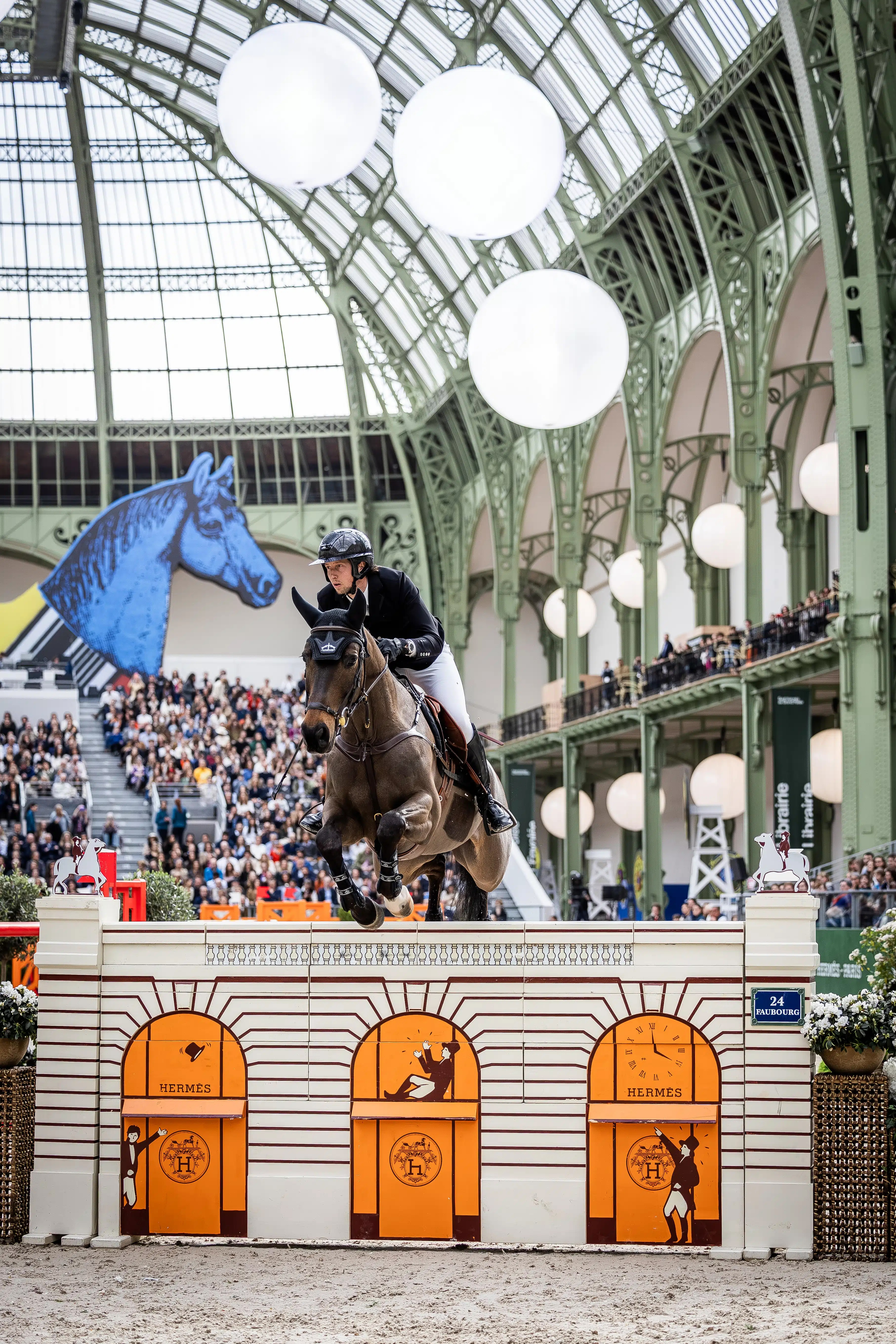
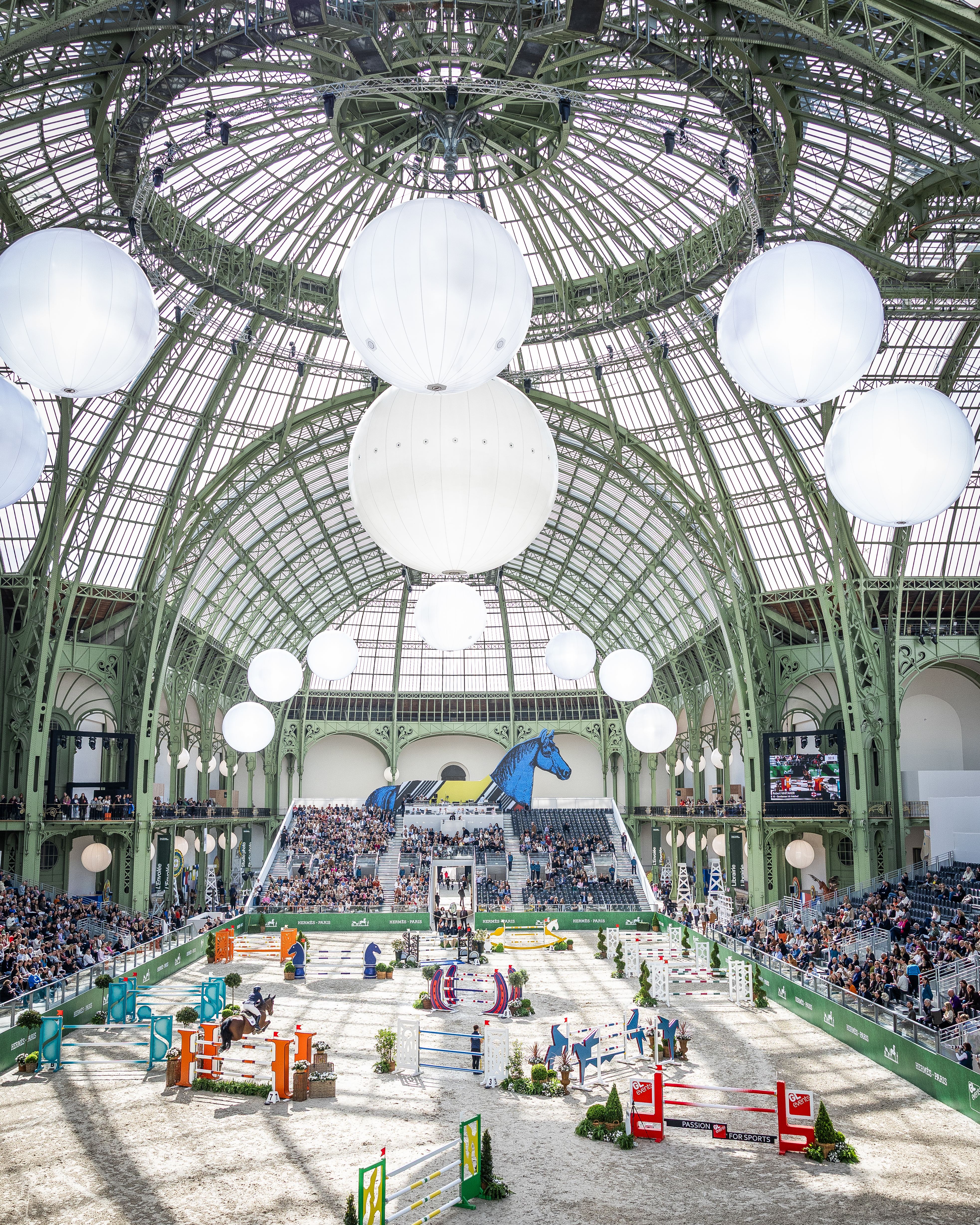
This weekend just gone, Saut Hermès ticket holders were also treated to a sneak preview ahead of the building’s official June 6 reopening date. The prestigious equestrian show returned to the venue’s nave for the first time in five years — following in the footsteps of other horse shows that have taken place underneath the elegantly-domed glass ceiling since as early as 1901. Those early iterations included racing and jumping competitions, plus impressive military displays. Notable changes to the building include reconnecting the nave to the Palais de la Découverte (a science museum located in the west wing) and restoring views from the Rotunda, not seen since 1939.

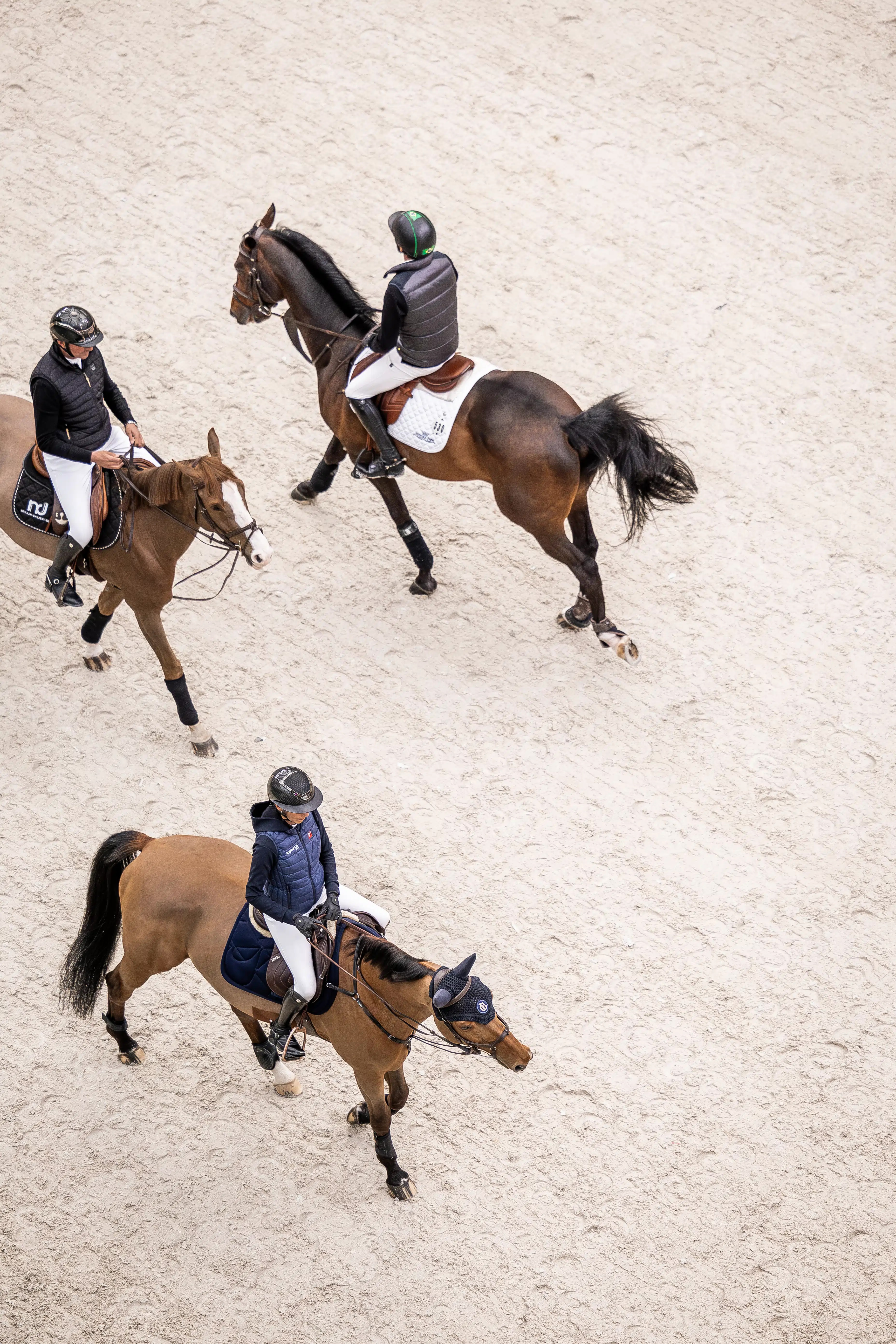
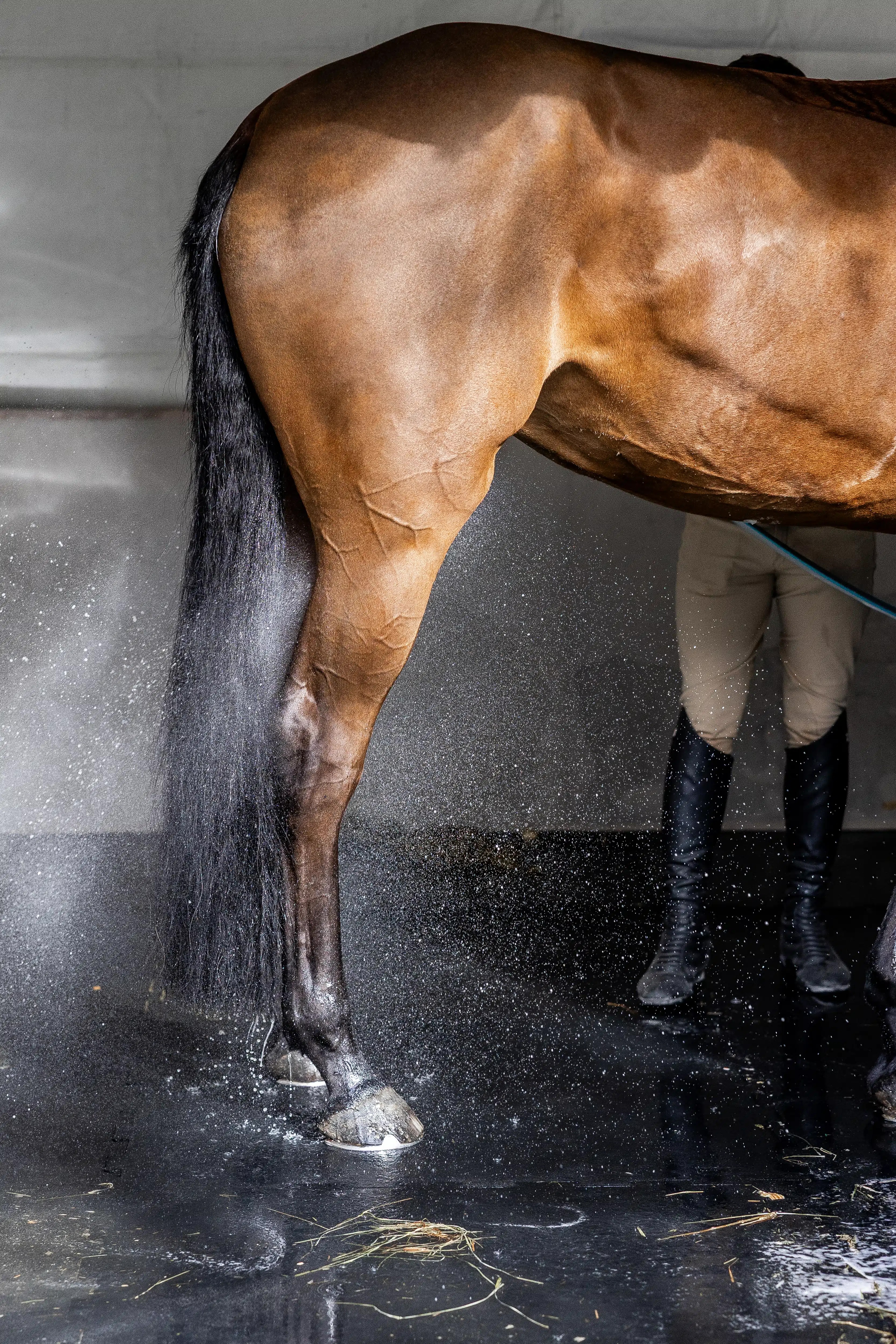
Renowned for operating at the highest level of international showjumping, Saut Hermès attracts some of the world’s best riders. British competitor Robert Whitaker placed second in the technically difficult Grand Prix Hermés 1.60m class — leading the way for the majority of proceedings with a blistering time of 41.7 seconds, before home talent Simon Delestre knocked him out of the saddle. There was similar success in the Hermès Under-25 talent class with Allana Clutterbuck and Claudia Moore coming second. They were pipped to first place by a German duo who racked up five penalties to the Brits’ 12.
What makes this all so special though is the spectacular setting — as befits the great house of Hermès.
Exquisite houses, the beauty of Nature, and how to get the most from your life, straight to your inbox.
Visit the Grand Palais website for more information.
Rosie is Country Life's Digital Content Director & Travel Editor. She joined the team in July 2014 — following a brief stint in the art world. In 2022, she edited the magazine's special Queen's Platinum Jubilee issue and coordinated Country Life's own 125 birthday celebrations. She has also been invited to judge a travel media award and chaired live discussions on the London property market, sustainability and luxury travel trends. Rosie studied Art History at university and, beyond Country Life, has written for Mr & Mrs Smith and The Gentleman's Journal, among others. The rest of the office likes to joke that she splits her time between Claridge’s, Devon and the Maldives.
- John GoodallArchitectural Editor
